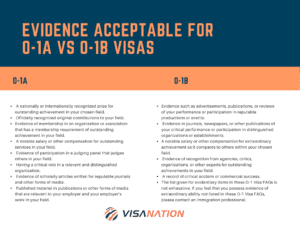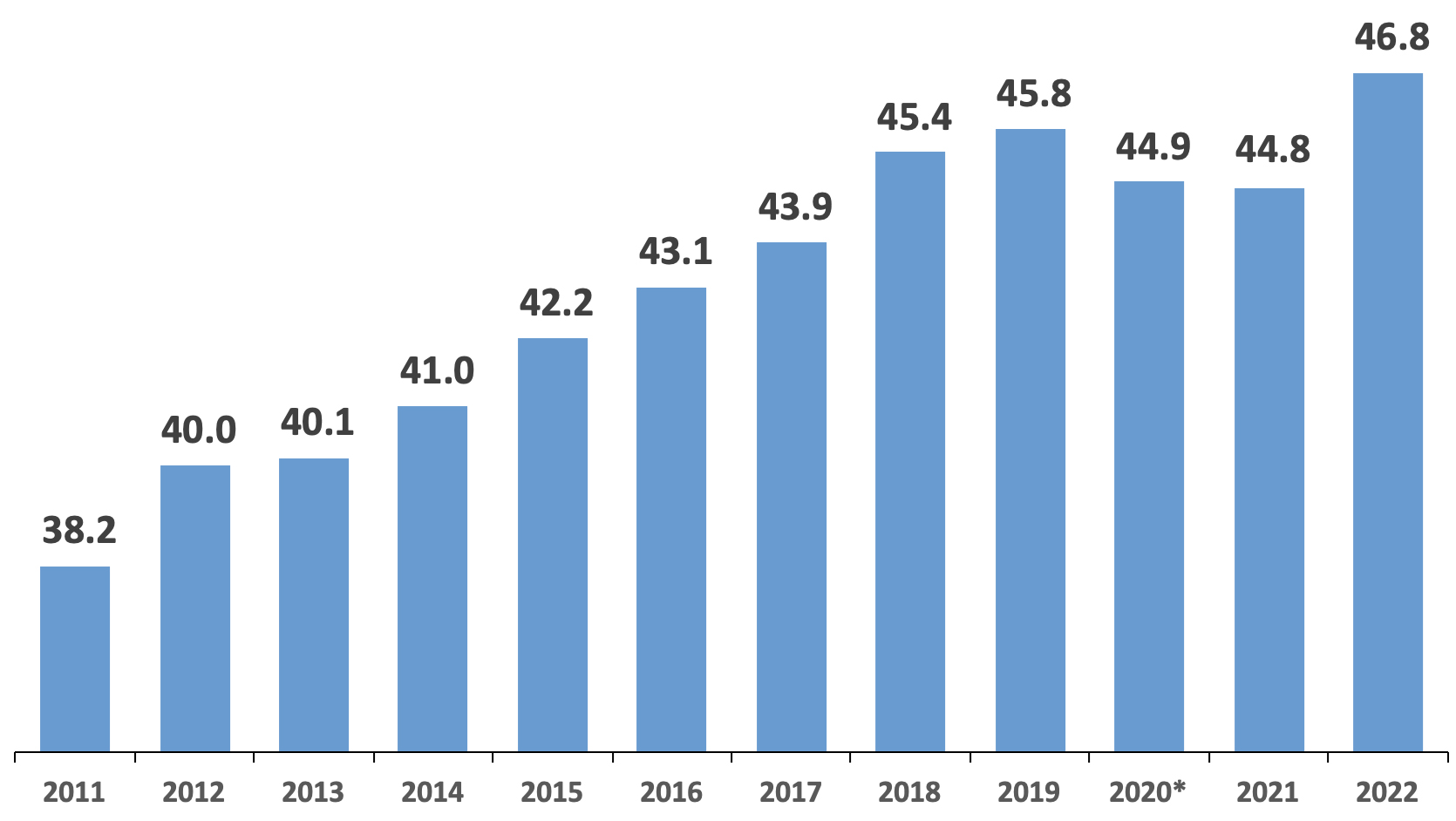How to Use O-1 Visa Self Petition Option: Complete Guide
If you are wondering if you can self-petition for an O-1 visa, the short answer is no, not in the traditional sense. But, you can create a company as an applicant and employ yourself as a way to establish an employee-employer relationship. That means those who are not necessarily employed or have not received a job offer can still find a workaround to apply for the O-1 visa. Learn about the requirements for O-1 visa self-petition eligibility, processing time and more.
Establishing an Employer-Employee Relationship
As previously mentioned, the idea of creating a company is to be able to petition for yourself. According to this USCIS memo on determining an employer-employee relationship the term “United States employer” means “a person, firm, corporation, contractor, or other association, or organization in the United States which:
(1) Engages a person to work within the United States;
(2) Has an employer-employee relationship with respect to employees under this part, as indicated by the fact that it may hire, pay, fire, supervise, or otherwise control the work of any such employee; and
(3) has an Internal Revenue Service Tax identification number
Moreover, you cannot hold the role of the sole manager, sole operator, or employee, since that does not establish an employer-employee relationship (basically since you can’t be fired). You can, however, for example, be on the Board of Directors as the sole or majority stockholder of a corporation. That will establish the relationship because other board members can hierarchically hold power over you by being able to terminate employment, hire, and issue payments.
O1 Self Petition Criteria
So how can you verify that this type of relationship exists? The following factors should be considered:
- Presence of investor evidence
- Availability of bylaws which enumerate the names and responsibilities of board members;
- The right of the board to specifically fire the foreign national under the bylaws ;
- Supervision of the foreign nationals on-site work by other investors;
- Availability of the foreign national’s performance reviews and supervision level; and
- Determination of the foreign national’s daily tasks
USCIS will take a close look at these “O-1 self-petition” cases to determine if the company (petitioner) is able to control the beneficiary. The following questions are likely to be asked by immigration officials :
- Does the petitioner oversee the beneficiary, and is this supervision conducted on-site or off-site?
- In off-site situations, how does the petitioner maintain supervision (e.g., through routine reporting to the head office, weekly calls, or on-site visits by the petitioner)?
- Does the petitioner have the authority to manage the beneficiary’s daily work when necessary?
- Are the tools and equipment required for the beneficiary’s job provided by the petitioner?
- Does the petitioner possess the right to hire, terminate, and remunerate the beneficiary?
- Does the petitioner evaluate the beneficiary’s work, including performance and progress reviews?
- Is the beneficiary claimed for tax purposes by the petitioner?
- Does the petitioner offer any employee benefits to the beneficiary?
- Does the beneficiary use the petitioner’s proprietary information to perform their job duties?
- Does the beneficiary create the final product that directly aligns with the petitioner’s expertise?
- Can the petitioner dictate the manner in which the beneficiary’s work product is achieved?
As an entrepreneur when you create the company you still need to be able to show “extraordinary ability”. The following can serve as evidence to submit along with your case to UCIS.
- Reception of internationally or nationally recognized awards that could serve as additional funding sources for the company.
Must meet a minimum of three of the following:
- Membership in an exclusive organization that demands outstanding accomplishments.
- Media coverage or features in professional publications. Any media coverage related to the company must originate from reputable and established mainstream sources like Fortune or Business Today.
- Notable and distinctive professional contributions. The company’s product may be deemed a substantial and original contribution, supported by letters of recommendation and other forms of media highlighting its significance.
- Holding a prominent position in distinguished companies. If the applicant is the founder of the company, this criterion can be satisfied through letters of recommendation and detailed role descriptions, among other forms of evidence.
- Evaluation of others’ work within the field, such as participation in pitch competitions.
- Receiving substantial compensation commensurate with one’s expertise within the specific field.
- Authorship of articles in professional journals and other prominent media outlets.
Presenting additional evidence that showcases the applicant’s significance and influence within the field is also advised. Consult your immigration attorney to learn more.
Wondering how the O-1 visa differs from the H-1B? Check out this O-1 vs H-1B Visa Guide.
Requirements for O-1 Visa Petitions
There are two subcategories of the O-1 visa. The O-1A is for those with extraordinary skill in the sciences, business, education and athletics while the O-1B is for those with extraordinary talents in the arts or those with achievements in the motion picture or television industry. To qualify according to the O-1 visa requirements, one must demonstrate their extraordinary ability through “sustained national or international acclaim.” That means you must have a level of expertise that only a small percentage of people who have risen to the top of their field have.
O-1 Visa Processing Time
The overall O-1 processing center will vary based on which service center is responsible for adjudicating it. Factors that need to be accounted for when taking into consideration the time frame include the I-129 Form, consular processing, DS-160 form and interview. The I-129 can take anywhere from 2-3 months, consular processing varies widely, the DS-160 takes about 3 weeks and scheduling your appointment takes anywhere from 2-3 weeks depending on your location. Keep in mind that you do have the option to elect for premium processing (additional fee of $2,500) to speed up the overall time and the O-1 is generally processed faster than other visas like the H-1B visa.






